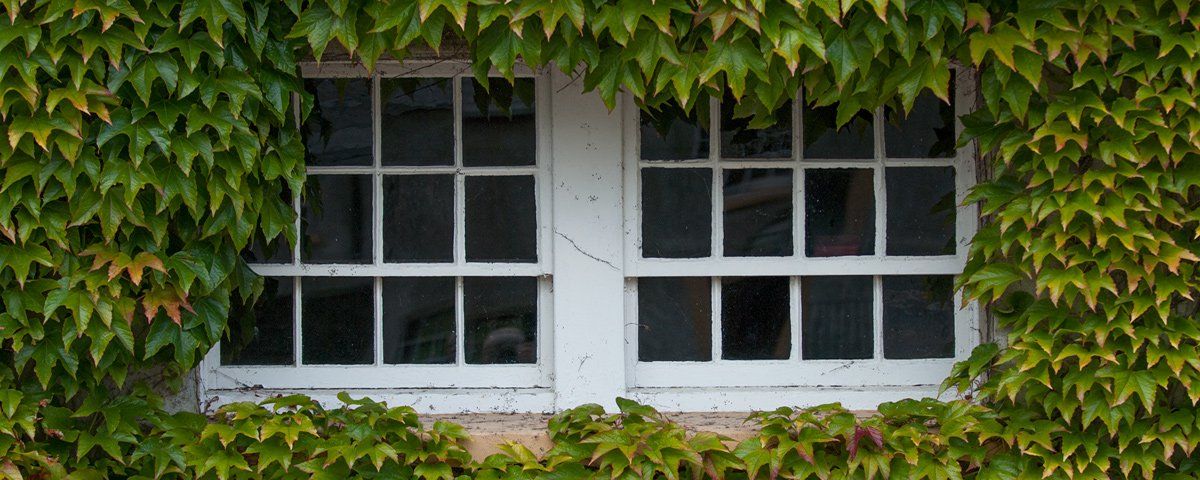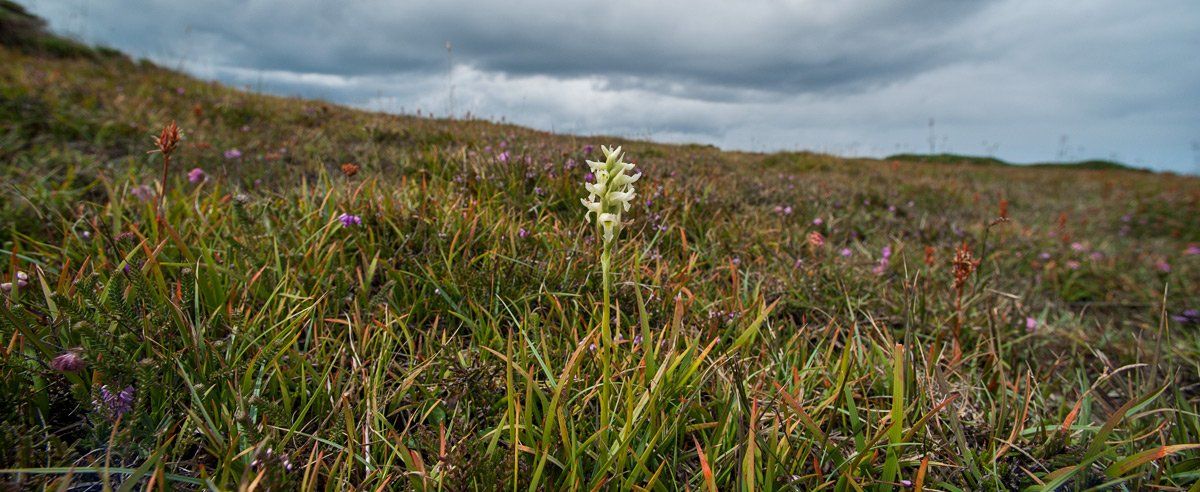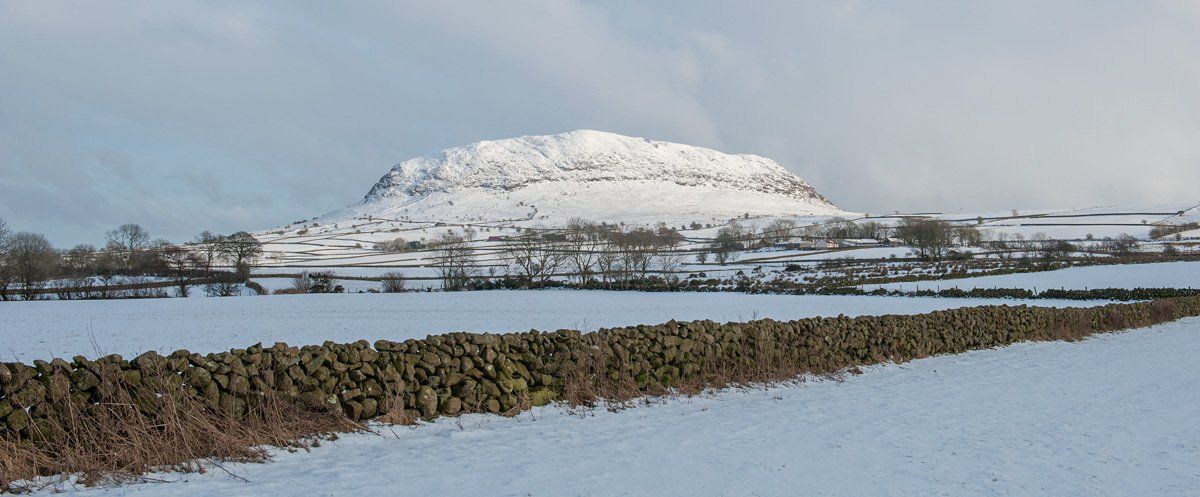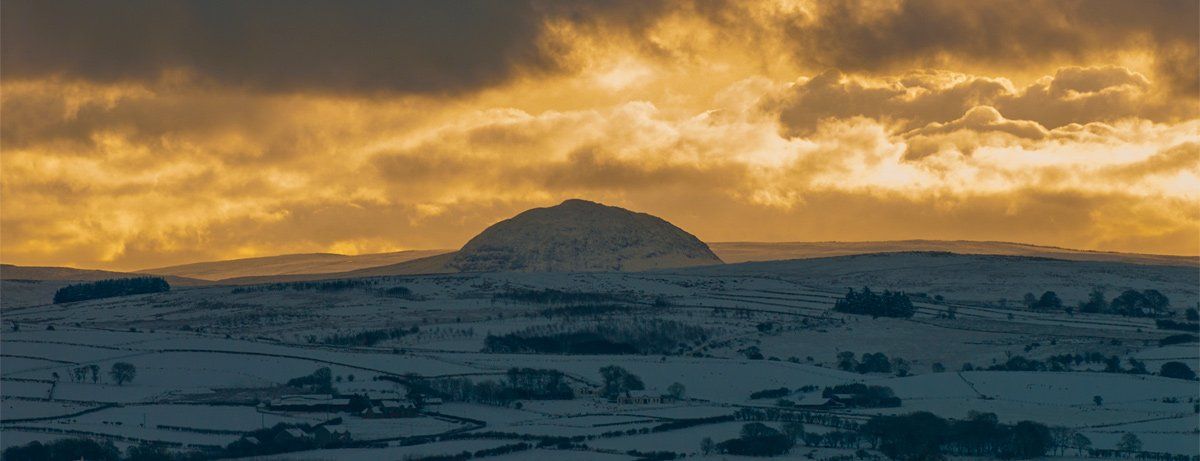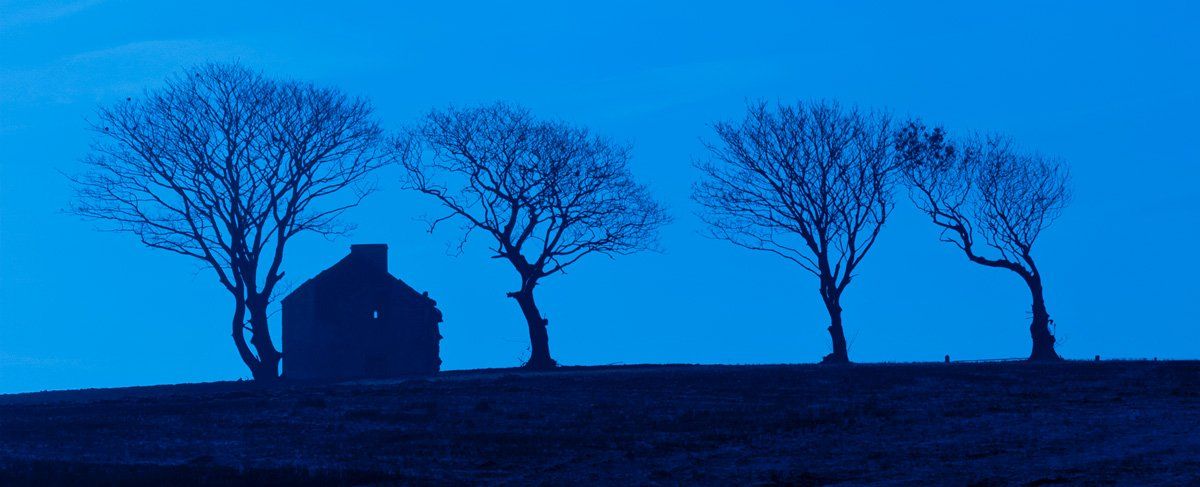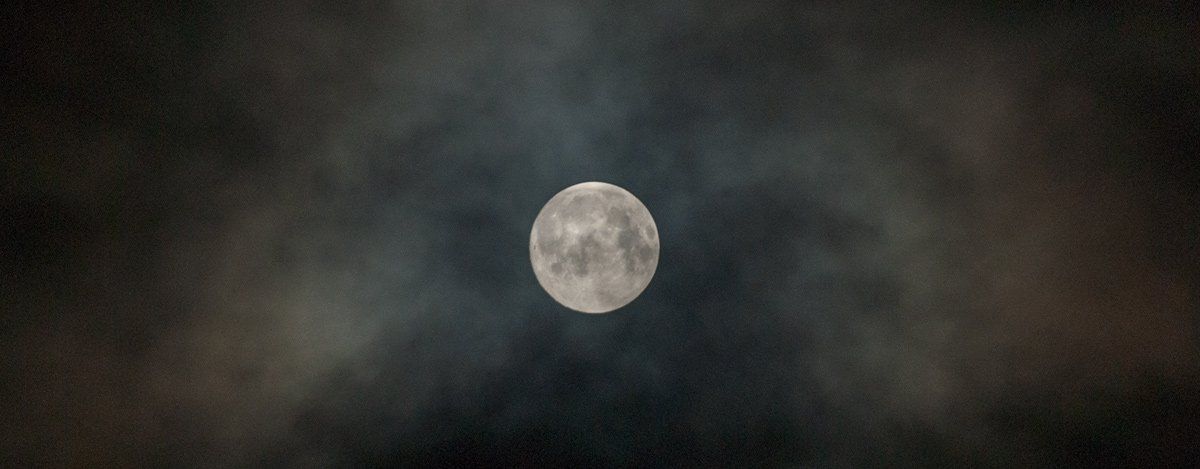United Irishmen
The Society of United Irishmen was formed in Belfast in 1791, if you walk in Cathedral Quarter visit Rosemary Street where you will come across plaques relating to it and those that were associated with the 1798 rebellion, people like Henry Joy McCracken and William Drennen. The society was formed by a core group of radical Presbyterians, it is a history well worth understanding, as there are clear distinctions between the 1798 United Irishmen and the recent conflict relating to a United Ireland. The formation of the society came about due to the way power was distributed and exercised in Ireland from the central government in Dublin. The movement was inspired by the outcomes of the revolution in America and France, in Ireland, there had been discontent for some time in how it was governed, the favouritism and disparity in representation of people from all over the island, in the Irish Parliament.
In September 1791, a pamphlet published by Theobald Wolfe Tone ‘Argument on Behalf of the Catholics of Ireland’ put forward the idea that religious division was a tool of the elite to control one party by another and he strongly put forward the concept of unity between Catholics, Protestants and dissenters to bring about equal rights for all in Ireland. In Belfast a group of Presbyterians who wanted reform of the Irish Parliament read his work and invited him to Belfast. The group met on October 14th 1791 at Peggy Barclay's Tavern in Crown Entry. This core group began what would become the Society of United Irishmen, a name suggested by Wolf Tone, shortly afterwards a society was formed in Dublin. The first meeting in Belfast past the following resolutions: 1. That the weight of English influence in the Government of this country is so great as to require a cordial union among all the people of Ireland, to maintain that balance which is essential to the preservation of our liberties and the extension of our commerce.
2. That the sole constitutional mode by which this influence can be opposed is by a complete and radical reform of the people in Parliament. 3. That no reform is just which does not include Irishmen of every religious persuasion. The founding members of the Belfast Society included: Theobald Wolf Tone, Robert Simms, Thomas McCabe, Thomas Russell, Napper Tandy, William Drennan, Henry Joy McCracken, Samuel Neilson, Samuel McTier, William Sinclair and many more. When the uprising came in 1798 it was Henry Joy McCracken who commanded the forces at Antrim, those that believed in the United Irishmen and their principles and objectives led from the front and fought side by side with the rank and file. This was true of both Wolf Tone and Henry Joy McCracken who, in their final hours, had a chance to escape certain death but choose to fight for what they believed in and ultimately die for.
The objectives of the society was simply to create a freer society governed in a way that represented all people, a less dictatorial rule with civil liberties for all and the abolishment of unfair practices. It must be remembered that this came after changes in America during the revolutionary war against Britain (1775-1783) which involved many people of Ulster, Scots and Irish descent, it was also after the French revolution (1792-95) which was transforming Europe. The libertarian views of the society extended to equality for women, removal of child labour, development of an educational system for all, these were all radical ideas for the time. Many freemasons became involved in the society that spread throughout Ireland, especially in rural communities where injustice was common practice. The society forged close ties with the new French revolutionary government, all this unnerved the government and when France declared war the society was banned.
From 1794 it became a secret society whose members were sworn in by oath and allegiance. The society was split on how to achieve their objectives, one section believed nothing short of a revolution would achieve them others believed dialogue was the best way. In light of the English conflict with France, many preferred to support the government which led to families and the organization being split with the core movement set on insurrection. The government ruthlessly suppressed the society, in 1796 they introduced the ‘Insurrection Act’ which made administering an unlawful oath to join the United Irishmen, punishable by death. They also suppressed the Northern Star, a newspaper released by the society shortly after its formation. One of the first martyrs under the new law was William Orr who was hung at Carrickfergus in October,1797 on unverified evidence. Accused of administering the oath to a soldier, after his hanging he was given a Masonic funeral.
A group of United Irishmen went to Paris to seek aid from the revolutionary government, they met with Lazare Carnot, who was so impressed with Wolf Tone that he made him an adjutant-general in the French army. He also agreed to an expeditionary force of troops and arms to be sent to Ireland in support of an uprising by the United Irishmen. Before leaving Wolf Tone has met McCracken and Russell in Belfast and agreed on revolution. On December 15th, 1796, under the command of General Louis Lazare Hoche, forty-three ships sailed from Brest with 12,000 French troops and a large cache of arms. Wolf Tone sailed on the ‘Indomitable’. The expedition lost ships in storms (‘Seduisant’, ‘Nestor’, Scaevalo’), the ‘Impatient’ was wrecked off Sheeps Head and another caught fire and burnt at sea.
The British were aware of the ships, two were attacked and sunk and another three captured. Among these was the ‘Tartare’ which was taken to Cork and the ‘Vulle d’Oriend’ which was taken to Kinsale. The fleet had been scattered by the weather and some had run foul of British frigates, around thirteen ships eventually arrived in Bantry Bay, the town had been mobilized with yeomanry and a landing proved impossible. Severe weather condition and the presence of British frigates resulted in the French ships heading back to Brest, one of the ships ‘La Surveillante’ was deemed unseaworthy for the voyage back and scuttled in Bantry Bay. There would be three more French expeditions to Ireland: On August 22nd 1798, three frigates arrived at Killcummin near Killala in Mayo under the command of General Humbert. His compliment of 1200 troops were swelled to a large force by local Irishmen.
They marched and took Ballina, then went to Castlebar where they defeated the troops of General Lake. A ‘Republic of Connaght’ was declared and John Moore elected the new President, the republic lasted for one month. General Humbert surrendered on the 8th September when faced with a superior English army of 14,000, his troops were treated as prisoners of war and sent back to France while over 500 United Irishmen were massacred. Eight days after the surrender of Humbert on the 16th of September 1798, James Napper Tandy with a few hundred men landed at Rutland Island, Donegal. He had sailed from Dunkirk on the ‘Anacreon’. After learning about the surrender of General Humbert he spent the night ashore then ordered his men aboard the ship and they set sail back to France.
The last attempt came on October 12th 1798 when 10 ships carrying 3000 men sailed into Lough Swilly, Donegal, under the command of Admiral Jean-Batiste Bompard, aboard the flagship was Wolf Tone. The English were waiting for them, Wolf Tone was given an opportunity by the French Admiral to escape aboard a French ship just before they faced the English ships, but he chose to stay aboard the Hoche. After a fierce engagement the French forces surrendered, Wolfe Tone was imprisoned in Buncrana and then transferred to Dublin where he was sentenced to death for treason. Before he was taken to be hanged he attempted to cut his own throat but missed the juggler vein, cutting his wind pipe instead. He died a week later and was interred by his family in Bodenstown, County Kildare.
In reality all of the invasions came too late to support the uprising which had started in County Wexford on May 23rd May 1798 and was more or less over at the Battle of Gorebridge, Kilkenny on June 23rd 1798. The leaders of the forces in the north hesitated and were removed, Henry Joy McCracken becoming Commander in Chief. Henry Joy with little military experience was up against General Nugent in the north, he rushed a strategy together for an attack on Antrim and Randalstown and marched there attacking the town on the afternoon of June 7th. The initial attack routed the garrison of dragoons who fled and for a brief few hours they held the town before being routed by superior numbers and the revolution in Ireland was over.

